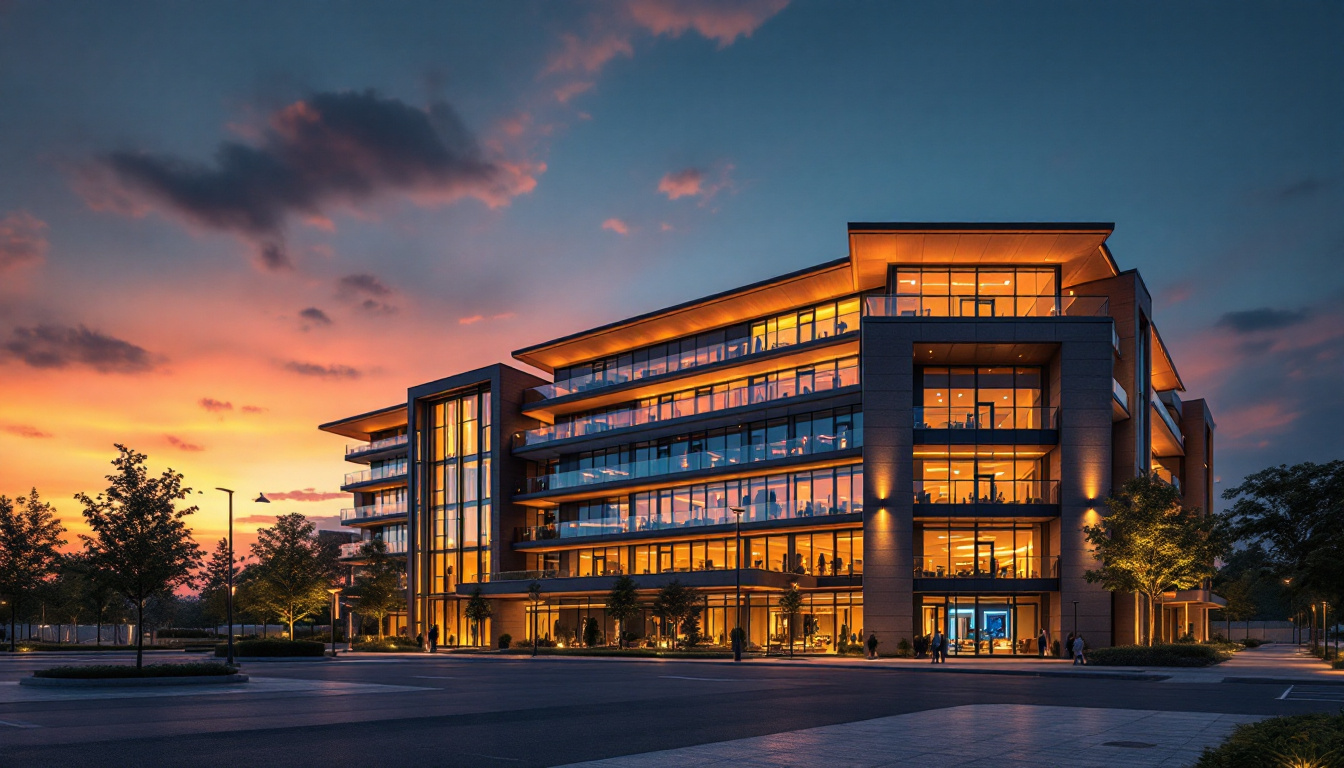Understanding the intricacies of fluorescent light bulb sockets is essential for lighting contractors. These components play a pivotal role in ensuring the efficiency and functionality of lighting systems. This article delves into the various aspects of fluorescent light bulb sockets, including their types, installation procedures, and troubleshooting tips, all tailored for the professional lighting contractor.
Fluorescent light bulb sockets are the fixtures that hold fluorescent bulbs in place and connect them to the electrical circuit. These sockets are designed to accommodate specific types of fluorescent bulbs, ensuring compatibility and optimal performance. A solid grasp of these sockets is crucial for any lighting contractor, as they impact both the installation process and the overall lighting quality. Additionally, the choice of socket can influence energy efficiency and maintenance needs, making it an important consideration in both residential and commercial settings.
There are several types of fluorescent light bulb sockets, each designed for specific applications. The most common types include:
Each type of socket has its own specifications and requirements, making it essential for contractors to select the appropriate socket for the bulb being used. Furthermore, understanding the specific application of each socket type can lead to better lighting design choices. For instance, G13 sockets are prevalent in commercial spaces due to their efficiency in illuminating larger areas, while G5 sockets may be more suitable for decorative or task lighting in residential environments.
Fluorescent light bulb sockets are typically made from durable materials that can withstand heat and electrical stress. Common materials include:
Understanding the materials used in socket construction can help contractors make informed decisions when selecting or replacing sockets in lighting installations. Additionally, the choice of materials can affect the longevity and reliability of the lighting system. For example, while plastic sockets are cost-effective and lightweight, metal or ceramic options may provide enhanced durability and performance in high-demand environments, such as industrial settings where heat and vibration are prevalent. This knowledge can ultimately lead to more sustainable and efficient lighting solutions.
Proper installation of fluorescent light bulb sockets is critical for ensuring safety and functionality. The installation process can vary depending on the type of socket and the specific application, but there are general guidelines that every contractor should follow.
Before beginning the installation process, it is essential to gather the necessary tools and materials. This may include:
Additionally, ensure that the power is turned off at the circuit breaker to prevent any electrical hazards during installation. Safety should always be the top priority. It’s also wise to wear safety goggles and gloves to protect against any accidental injury while handling electrical components. A clean workspace will further enhance safety and efficiency, allowing you to focus on the task without distractions.
The following steps outline the general process for installing a fluorescent light bulb socket:
Following these steps will help ensure a successful installation, minimizing the risk of future issues. It’s also advisable to double-check the specifications of the fluorescent bulb you intend to use, as different bulbs may have varying wattage and size requirements. Using the correct bulb not only optimizes performance but also extends the lifespan of the socket and fixture. Furthermore, consider the environmental impact of your lighting choices; opting for energy-efficient fluorescent bulbs can significantly reduce energy consumption and contribute to a greener planet.
Even with proper installation, fluorescent light bulb sockets can encounter several common issues that contractors should be aware of. Recognizing these problems early can save time and resources during maintenance and repairs.
Flickering fluorescent lights can be caused by several factors, including:
Contractors should systematically troubleshoot these potential causes to identify and resolve the flickering issue effectively. Additionally, it is essential to consider environmental factors that may contribute to flickering. For instance, extreme temperatures can affect the performance of fluorescent bulbs and their sockets. In colder climates, bulbs may take longer to warm up, leading to temporary flickering as they reach optimal brightness. Understanding these nuances can aid contractors in providing better service and ensuring customer satisfaction.
Physical damage to the socket can occur due to various reasons, such as overheating or improper handling. Signs of socket damage include:
In cases of socket damage, it is crucial to replace the socket promptly to prevent further electrical issues or safety hazards. Moreover, it is important to assess the surrounding wiring and fixtures to ensure that they are not contributing to the problem. Over time, wiring can degrade or become frayed, leading to poor connections that exacerbate socket damage. Regular inspections and maintenance checks can help identify these issues before they escalate, ensuring a safer and more efficient lighting system.
Regular maintenance of fluorescent light bulb sockets is essential to ensure longevity and optimal performance. Contractors should consider implementing the following maintenance practices:
Conducting routine inspections of fluorescent light bulb sockets can help identify potential issues before they escalate. During inspections, check for:
By being proactive in inspections, contractors can address minor issues before they lead to significant problems.
Dust and debris can accumulate around fluorescent light bulb sockets, potentially affecting performance. Regular cleaning can help maintain optimal conditions. Recommended cleaning practices include:
Maintaining cleanliness around sockets can enhance their performance and extend their lifespan.
As the lighting industry evolves, many contractors are considering upgrading fluorescent lighting systems to LED technology. This transition offers several advantages, but it also requires an understanding of the differences in sockets and fixtures.
LED bulbs are available in various designs, some of which are compatible with existing fluorescent sockets. However, others may require new fixtures or adapters. Contractors should evaluate the compatibility of LED bulbs with existing sockets to ensure a seamless transition.
One of the main reasons for upgrading to LED is the significant energy savings they offer. LED bulbs consume less power than fluorescent bulbs, leading to lower electricity bills and reduced environmental impact. Additionally, LED bulbs have a longer lifespan, which can result in fewer replacements and maintenance costs over time.
Fluorescent light bulb sockets are a critical component of any lighting system, and understanding their functionality and maintenance is essential for lighting contractors. By familiarizing themselves with the various types of sockets, installation procedures, common issues, and maintenance practices, contractors can ensure that their lighting installations are both safe and efficient.
As the industry continues to evolve with new technologies like LED lighting, staying informed about socket compatibility and energy efficiency will be key to providing clients with the best possible solutions. With the right knowledge and practices, lighting contractors can excel in their field and deliver high-quality lighting solutions that meet the needs of their clients.
Ready to elevate your lighting installations with premium products that promise performance and affordability? Look no further than LumenWholesale for all your lighting needs. Our extensive selection of spec-grade lighting products is designed to meet the highest industry standards, ensuring you deliver exceptional results to your clients. Say goodbye to inflated markups and hello to unbeatable wholesale prices, free shipping, and the convenience of bulk buying. Make the smart choice for your business and explore our wholesale lighting options today to secure the best value for your next project.

Discover how exterior building lights can transform your business prospects and help you secure more lighting contracts.

Explore the essential considerations for lighting contractors when installing dock lighting.

Discover effective strategies to illuminate your team’s potential with expert training in lighting.

Discover how mastering library lighting can unlock new opportunities and secure more contracts.